My Cambarellus crays(berried montezumae pictures added!)
Moderator: Mustafa
- Neonshrimp
- Master Shrimp Nut

- Posts: 2296
- Joined: Wed May 24, 2006 5:37 pm
- Location: California, USA
C. montezumae pictures
Here are some pictures of an adult one. Will try to take better shots later.
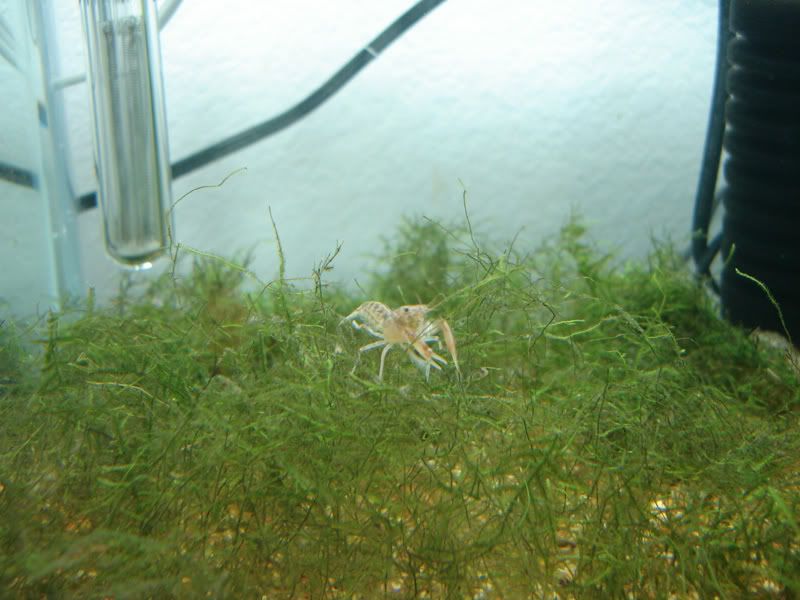
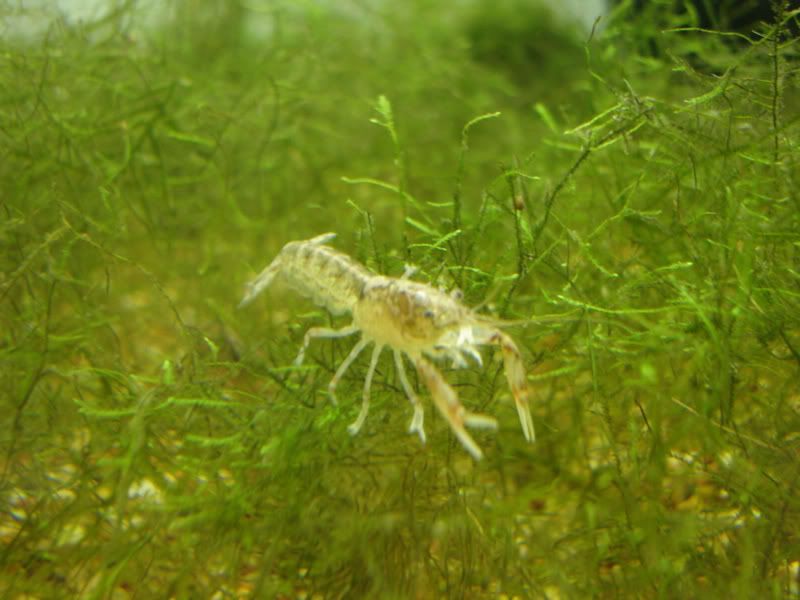
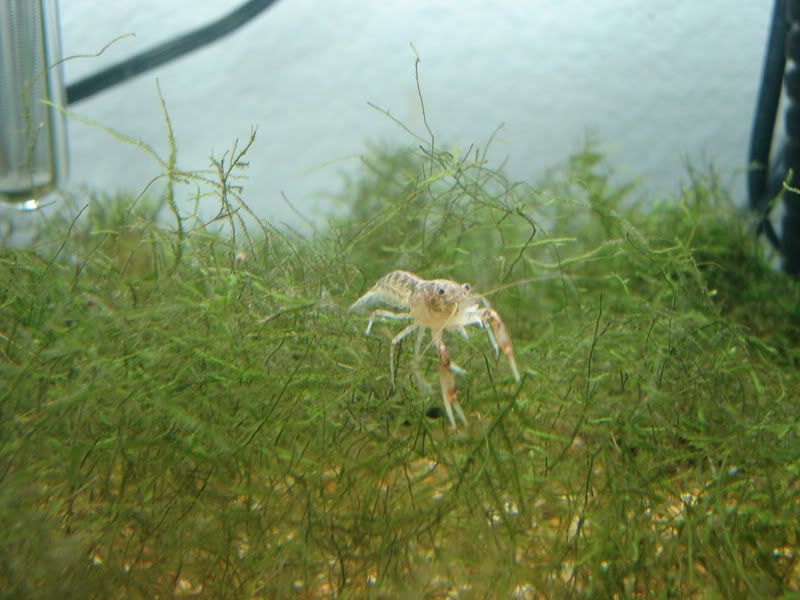
Cheers,
Pedro



Cheers,
Pedro
-
michiganmale248
- Larva

- Posts: 32
- Joined: Sat Sep 23, 2006 9:52 pm
- Location: Lake Orion, MI
C. montezumae berried female
I have two C. montezumae berried females. Here are pictures pf one of them:
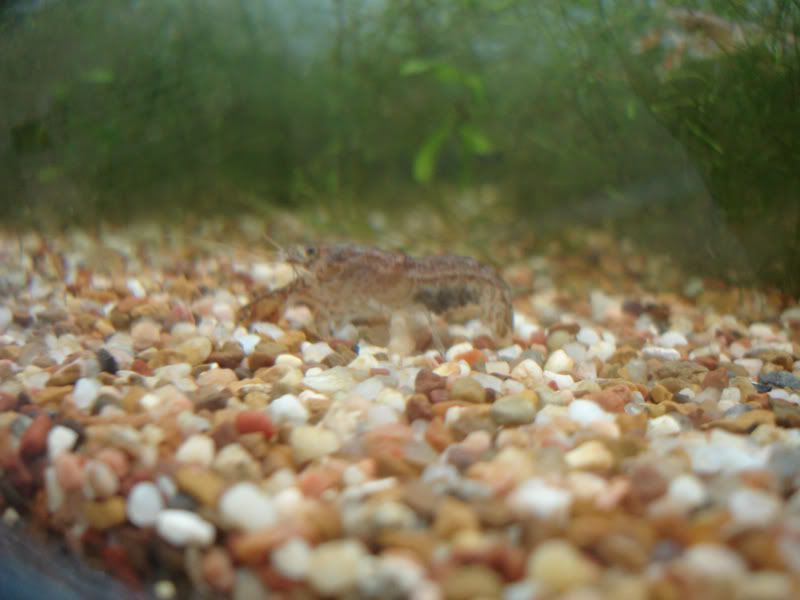
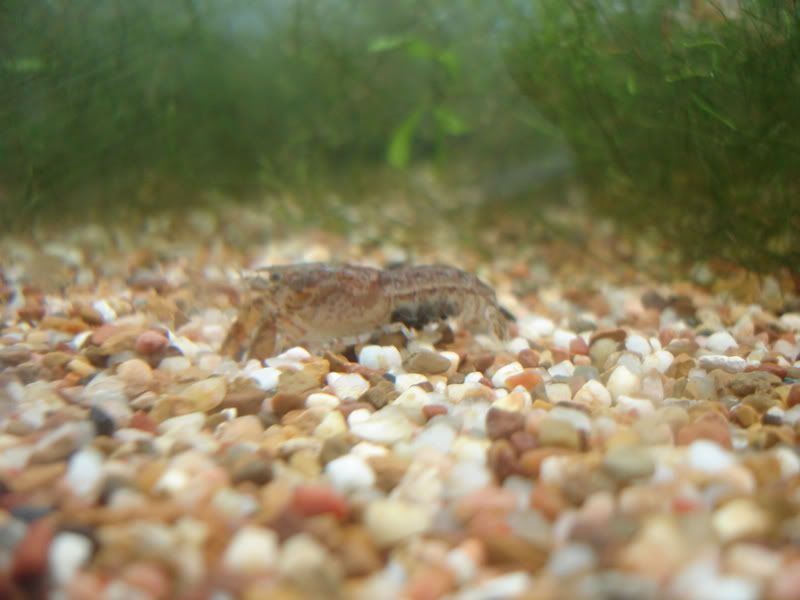
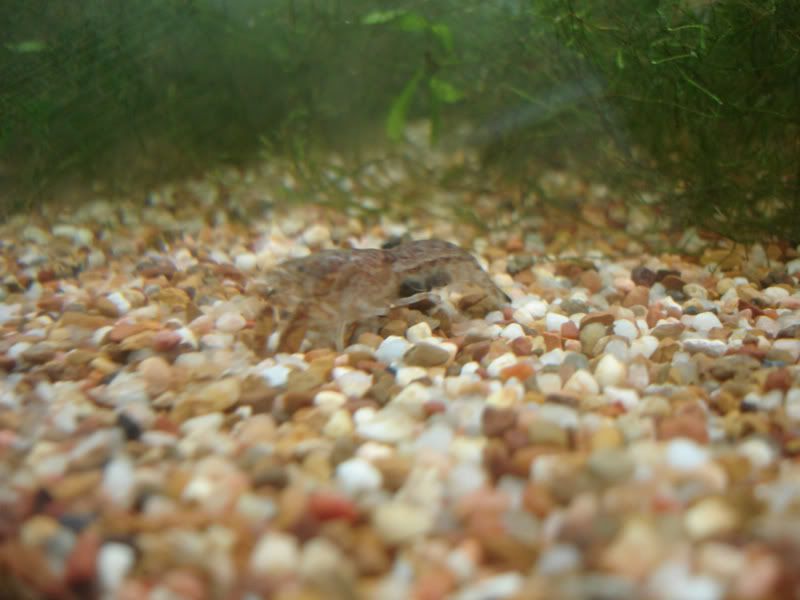
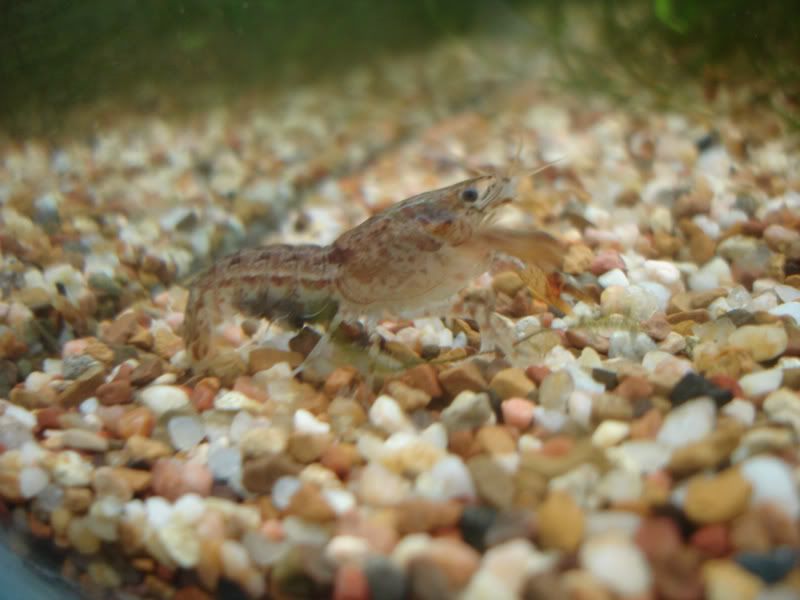
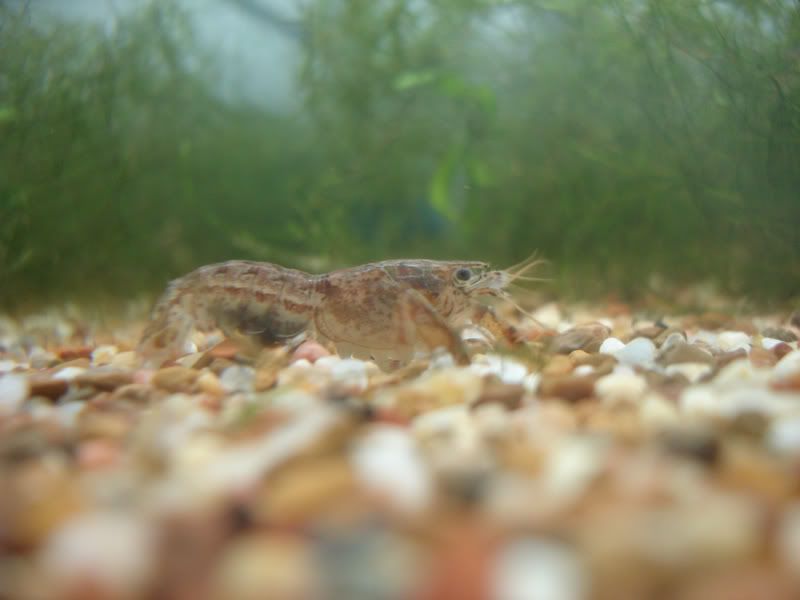
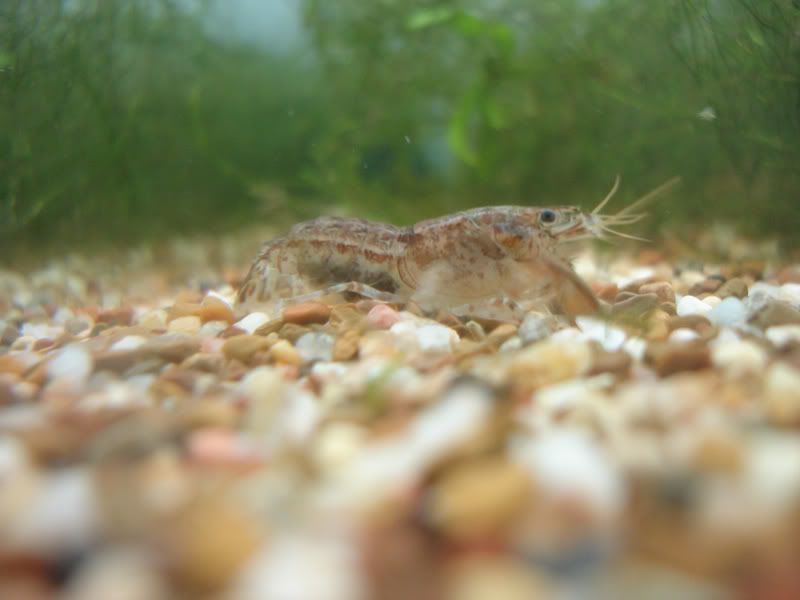
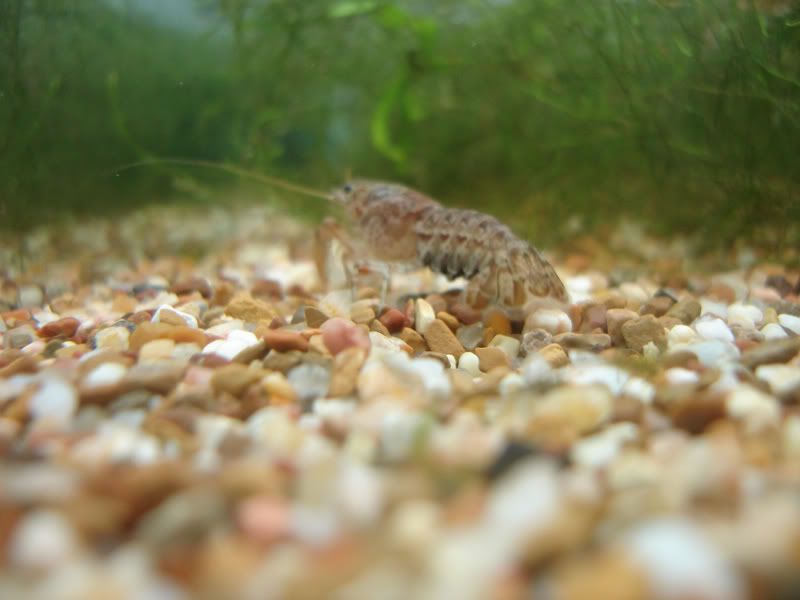
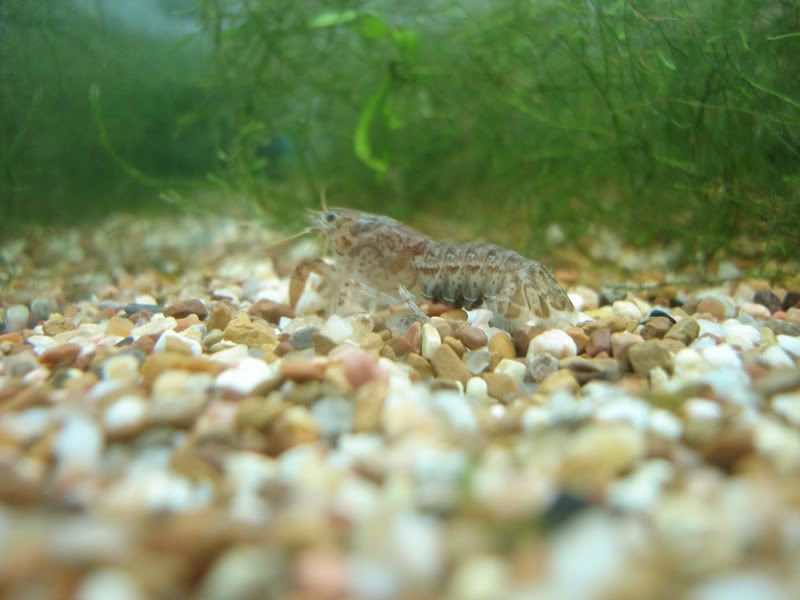

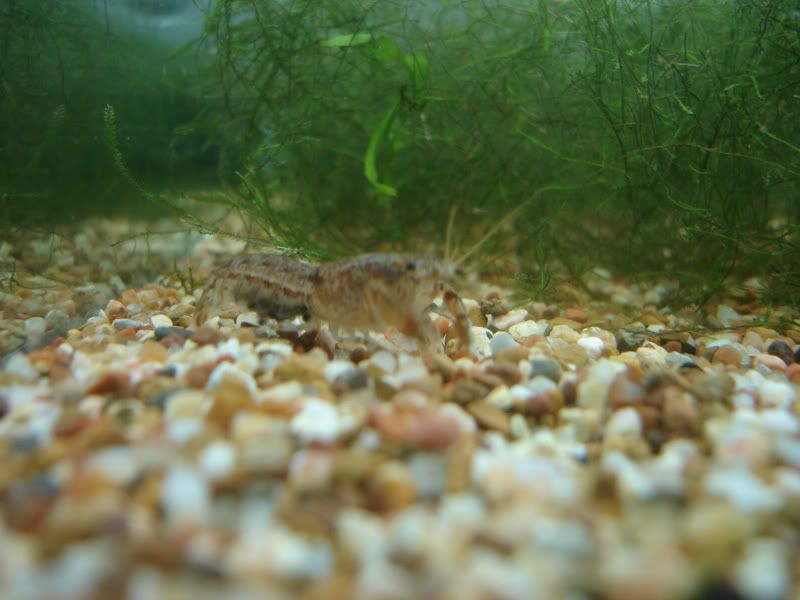
Enjoy,
Pedro










Enjoy,
Pedro
- Neonshrimp
- Master Shrimp Nut

- Posts: 2296
- Joined: Wed May 24, 2006 5:37 pm
- Location: California, USA
-
FISH WORLD ERIE
- Shrimp

- Posts: 164
- Joined: Sun Oct 01, 2006 7:49 pm
- Location: ERIE, PA
-
michiganmale248
- Larva

- Posts: 32
- Joined: Sat Sep 23, 2006 9:52 pm
- Location: Lake Orion, MI
- ToddnBecka
- Shrimpoholic

- Posts: 363
- Joined: Wed May 24, 2006 11:12 pm
- Location: Western Maryland
- YuccaPatrol
- Shrimp Master

- Posts: 600
- Joined: Sun Mar 12, 2006 4:41 pm
- Location: Burning-Ham, Alabama
See if you can estimate the number of eggs initially produced compared to the number of eggs that make it all the way through development.
I am having good initial success isolating females in floating plastic guppy breeder tanks. My female C. diminutus seem to hold onto more eggs if they are isolated and not disturbed.
I am having good initial success isolating females in floating plastic guppy breeder tanks. My female C. diminutus seem to hold onto more eggs if they are isolated and not disturbed.
They have different patterns. This is juts one of around 8 I have.ToddnBecka wrote:The pattern on the berried female C. montezumae looks quite similar to C. patzcuarensis, but a different color. Do the montezumae also have another pattern, with stripes on the tail, like the other dwarf species?
I will try to take pictures of the others.
Right now I do not have space for isolating females. Too many critters.By the time I see them it has probably been days or weeks since she had the eggs.YuccaPatrol wrote:See if you can estimate the number of eggs initially produced compared to the number of eggs that make it all the way through development.
I am having good initial success isolating females in floating plastic guppy breeder tanks. My female C. diminutus seem to hold onto more eggs if they are isolated and not disturbed.
I can roughly estimate that she has at least 20 eggs.
-Pedro
Pedro, how are you so sure that these crayfish are actually C. puer and C. montezumae? Your C. "montezumae" obviously came from Germany, unless you went to Mexico and caught them yourself. The thing about C. montezumae, C. patzcuarensis and C. chapalanus from Germany is that the people who have been breeding them in Germany have had a very hard time distinguishing among them. So, they usually go by what the guy who sold them their crayfish told them. Also, many "wild type" C. patzcuarensis that were crossed with the orange ones were probably either C. montezumae and C. chapalanus.
Anyway, as a result of this confusion the likelihood that all of the mexican Cambarellus from Germany are hybrids (including the orange ones) is quite high.
As for your C. puer....did you get that one from Germany, too, of did you catch it yourself? A little more background information on their origin would be helpful to rule out any possibility of misidentification. After all, there are some people out there in Germany who probably have C. shufeldtii but believe that they have C. puer.
Anyway, as a result of this confusion the likelihood that all of the mexican Cambarellus from Germany are hybrids (including the orange ones) is quite high.
As for your C. puer....did you get that one from Germany, too, of did you catch it yourself? A little more background information on their origin would be helpful to rule out any possibility of misidentification. After all, there are some people out there in Germany who probably have C. shufeldtii but believe that they have C. puer.
I am sure I have C. puer...some of them were collected in the wild in Houston. Identifying the C. puer was easy because one of them died and a friend helped me identify it with one of the keys(same as what Yucca posted). I think I mentioned that somewhere above.Mustafa wrote:Pedro, how are you so sure that these crayfish are actually C. puer and C. montezumae? Your C. "montezumae" obviously came from Germany, unless you went to Mexico and caught them yourself. The thing about C. montezumae, C. patzcuarensis and C. chapalanus from Germany is that the people who have been breeding them in Germany have had a very hard time distinguishing among them. So, they usually go by what the guy who sold them their crayfish told them. Also, many "wild type" C. patzcuarensis that were crossed with the orange ones were probably either C. montezumae and C. chapalanus.
Anyway, as a result of this confusion the likelihood that all of the mexican Cambarellus from Germany are hybrids (including the orange ones) is quite high.
As for your C. puer....did you get that one from Germany, too, of did you catch it yourself? A little more background information on their origin would be helpful to rule out any possibility of misidentification. After all, there are some people out there in Germany who probably have C. shufeldtii but believe that they have C. puer.
The C. montezumae, I got them from Germany and from Mexico. I was not the one who collected them over there in Mexico. It was a family member. Visually both crays from Germany and Mexico look similar. There is variance in their coloration and patterns. I still need to identify it using the keys, but I am ot sure I can do this without a dead specimen. This is all the information I have at the moment.
Both crays have started to breed in my tanks.
-Pedro
